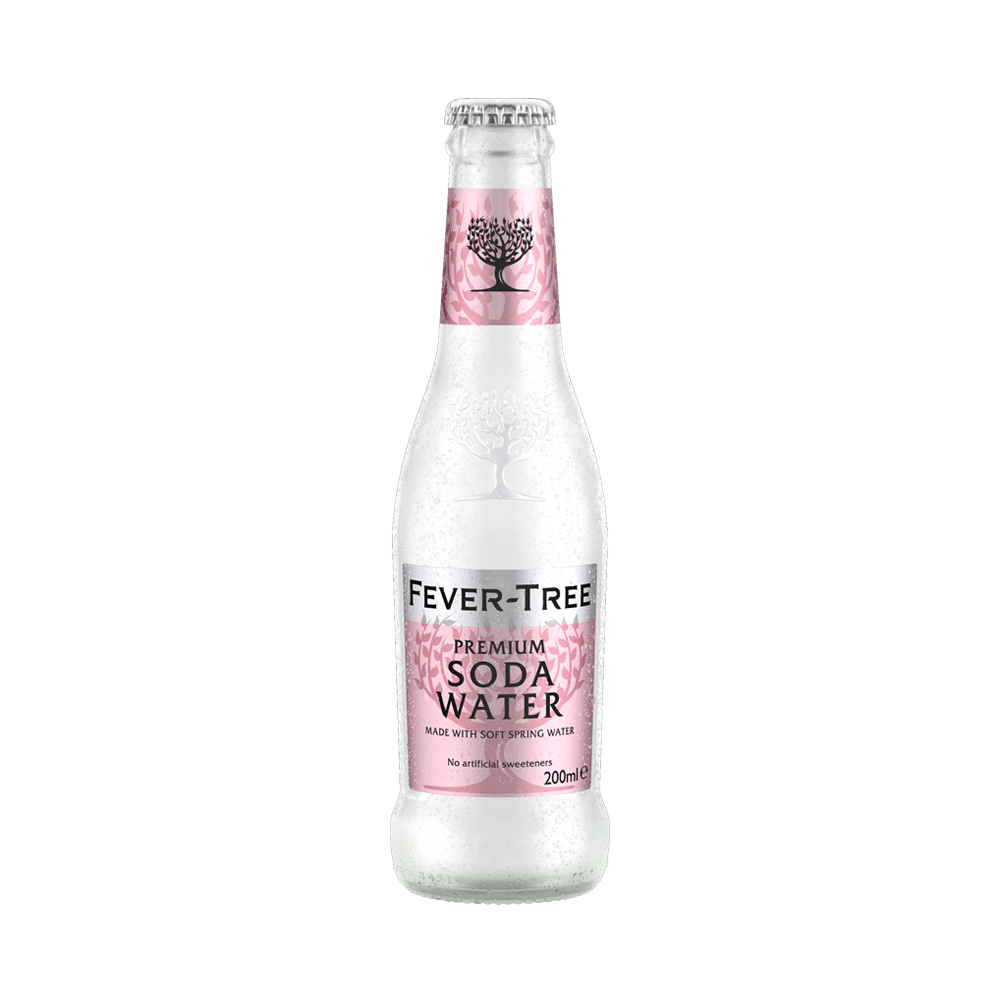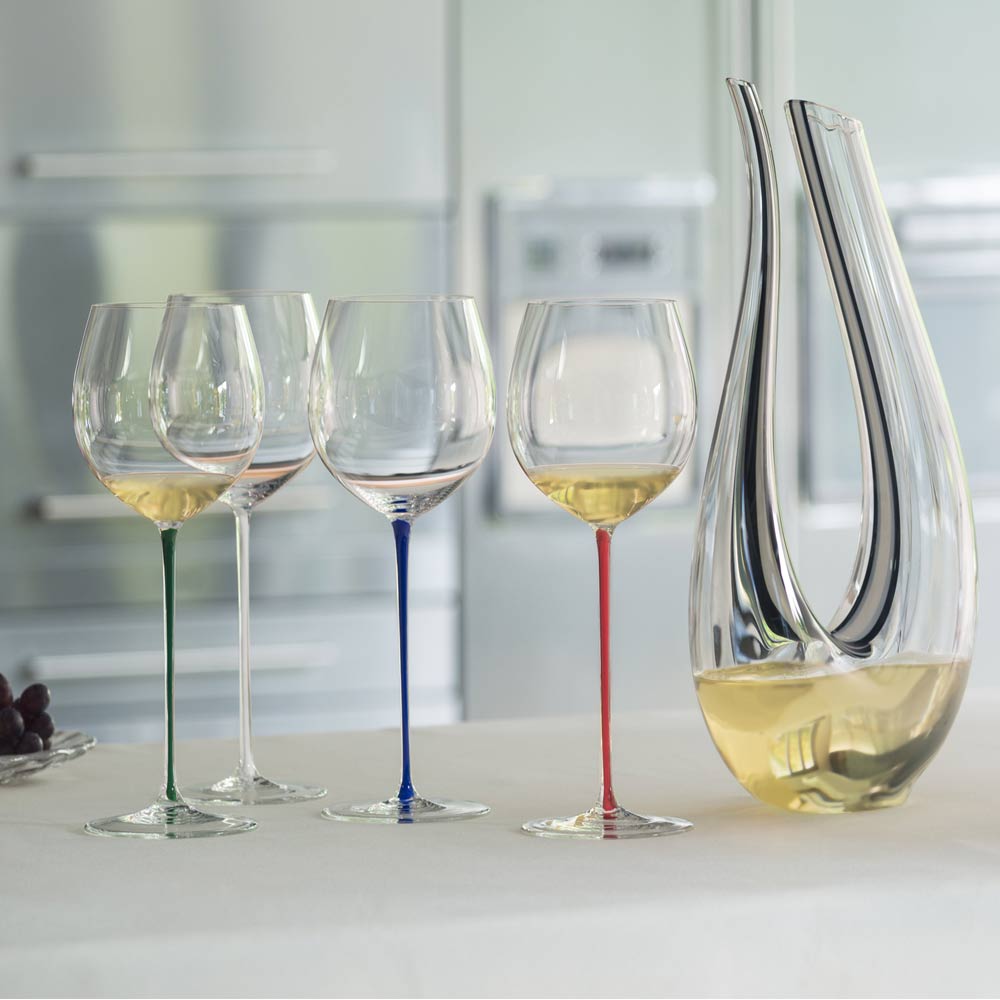Whisky
Thinking About Starting Your Own Whisky Collection?
If you are an aficionado who reveres the velvet texture of a stunning single malt, you may like to have a whisky collection of your own, perhaps a Scotch collection, or a Japanese one. Contrary to earlier times, you are just a call away, or an online whisky auction away, to taste and romance your favorite whiskies.
Bars, pubs, and restaurants been shut the past weeks have taught us something, it’s that: Collecting whiskeys for such times can be the most robust investment you can make. Chasing your tastes and looking for your new favorite dram is nothing less than conquest to a whiskey connoisseur.
So how does one go about starting a whisky collection? What are the factors to be considered?
Well, we have endeavored here to prep you for the same.
Clearing Your Basics
There is a huge diversity of whiskies available today, with Scotland, America, Ireland and Japan being key producers. More than 100 distilleries are brewing the water of life in Scotland alone in different regions. Every region has a taste unique to it. The major stages of whisky production are:
- Malting: Soaking barley in water and then drying it with hot air to halt germination.
- Milling: Grains are milled into a powder.
- Mashing: Heating of grains to induce natural enzymes for breakdown of starch into fermentable sugars.
- Fermentation: Fermentable sugars start conversion to alcohol. Speed of fermentation affects the flavor of finished whisky.
- Distillation: Alcohol gets more concentrated.
- Maturation: Storing the whisky in oak casks for years at end to mature it.
Taste of every bottle depends on factors like consistency of powdered grains after milling, the type of yeast used in fermentation process, shape & size of copper stills during distillation, & finally the cask used for maturing the whisky. Every factor uniquely impacts the whisky’s character.
Honing Your Palate
It is essential to fine-tune your preferences of whiskies. For doing this, gather as many whiskies you can gather side by side, and treat your palate by sampling the whiskies with a correct glass (a Glencairn perhaps).
Established distilleries like Glenfiddich, Laphroaig & The Macallan are trustworthy for their very original offerings but there is no harm to keep an eye open for the newer releases by independent bottlers like Gordon & MacPhail. Such bottlers don’t own a distillery but the buy casks from other places to bottle their own expressions. Some bottlers are proud owners of the largest & most diverse inventory of casks in Scotland.
Ingredients Matter
The Scotch whiskies have only 3 ingredients – water, malted barley & yeast – however the aroma & flavor of the whisky highly depends on the water source, still type &, most importantly, the cask type which ages the whisky and imparts color to it. Usually, darker colors are more prized than paler ones.
Enquire about such details when you are looking for a bottle. Learning the details will sharpen your ability to discern among whiskies more ably.
Rarity IS Valuable!
Rarity counts. No wonder whiskies from silent distilleries are hot & discontinued bottles fetch a premium. Look out for limited edition whiskies (a ‘collectible’ edition) where distilleries release a limited number of some special bottles. Usually, the number of bottles produced is handwritten onto the label. Learn to interpret the labels vis-à-vis cask finish & its number, distillery, bottle size 7 the alcohol content.
When you identify your taste, it is prudent to buy two bottles of it – one to relish and the other to be kept as an investment.
Now that you are armed with all the info you need to judge a bottle, you can create your own whisky collection soon. The trick is to keep an eye on & sampling new offerings while keeping in mind that a fine whisky is a delectable outcome of brewing wizardry!







